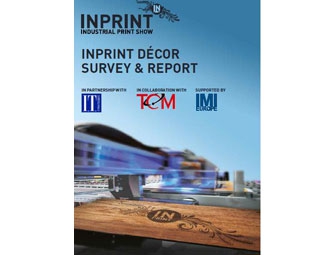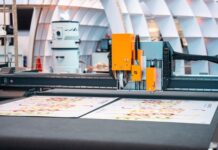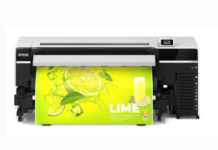While digital inkjet technology has already completely revolutionized the ceramic print sector, a new white paper from InPrint: The Industrial Print Show makes it clear that inkjet will change the decorative surfaces industry, as well. The InPrint Décor Survey & Report, conducted in partnership with I.T. Strategies, TCM Conference Management and IMI Europe, explores growth opportunities and adoption challenges for inkjet technology in the decorative surfaces industry.
“Decoration is a significant part of any industrial process but particularly important when a product has to perform both a functional and decorative role,” said Marcus Timson, co-founder of InPrint. “We were seeing a continued shift towards smart manufacturing and a growing consumer demand for mass customized products within the décor market, so we felt it was important to create a survey to investigate the opportunities and adoption rate further.”
The white paper looks most specifically at how surface decoration is developing in the wall coverings segments, where consumer demand and the introduction of digital printing technologies into production is changing the market, as well as flooring production. The survey, conducted in July/August of 2016, was completed by 103 respondents around the world, in the décor production industry.
Some of the highlights of the survey and white paper include:
- Industrial printing is in a growth phase and the results show a market that is bullish about the potential of industrial inkjet technology for décor.
- As demand from the consumer market for shorter runs, more flexible production and customized finishes grows, the industrial décor segment will be eager to integrate inkjet to stay competitive and respond to changing customer requirements.
- There is a growing importance being placed upon the aesthetic and tactile value of surface design, which is driving change in the industry.
- 74 percent of survey respondents felt the décor segment with the most potential for inkjet technology is walls, wallpaper, and pictures including print on glass, plastics and other surfaces. 54% felt flooring production, especially wood laminate and LVT (luxury vinyl tiles), showed high potential.
- Within sectors such as ceramics, inkjet has virtually replaced analog processes, but within the wider décor market, 75% of the survey respondents believe inkjet will not replace analog but rather create its own value by performing a role that analog processes cannot and one that creates new possibilities.
- In order for inkjet technology to be adopted, it has to convince a traditional décor market, which is heavily invested in analog production, to embrace this new technology.
To learn more, request your complimentary copy of the full white paper and see the industrial print industry in action at InPrint USA in Orlando, Florida April 25-27, 2017.











